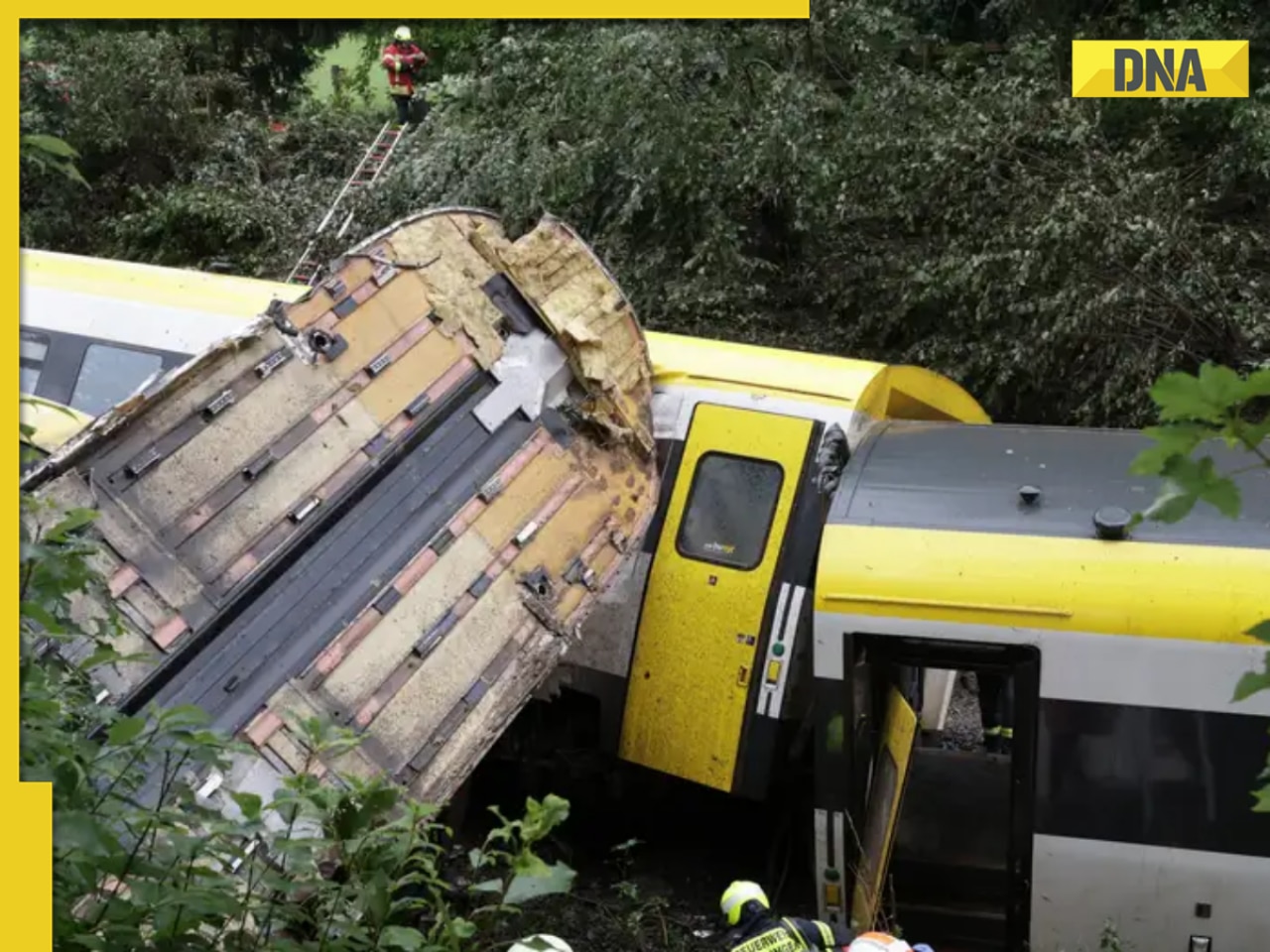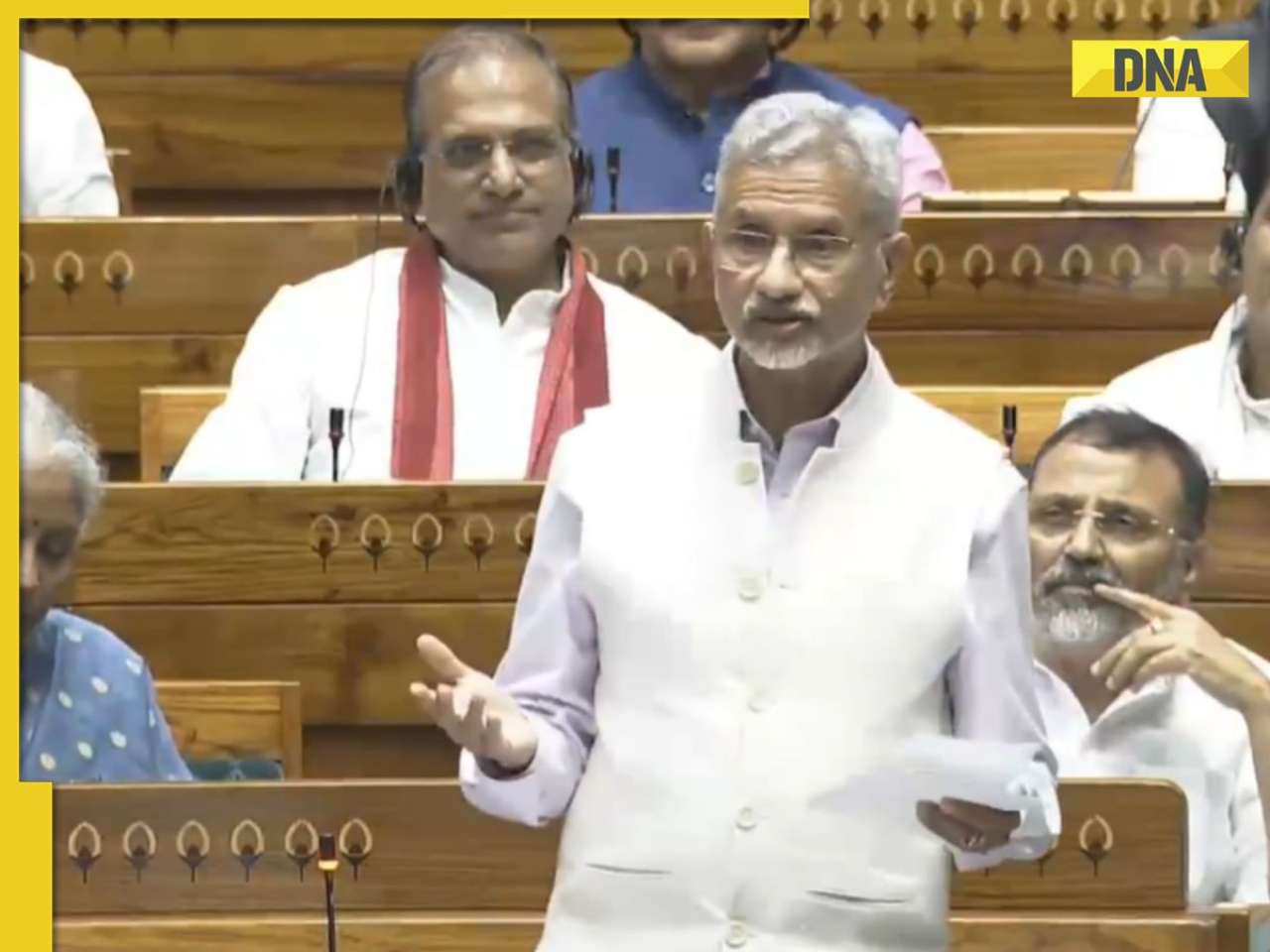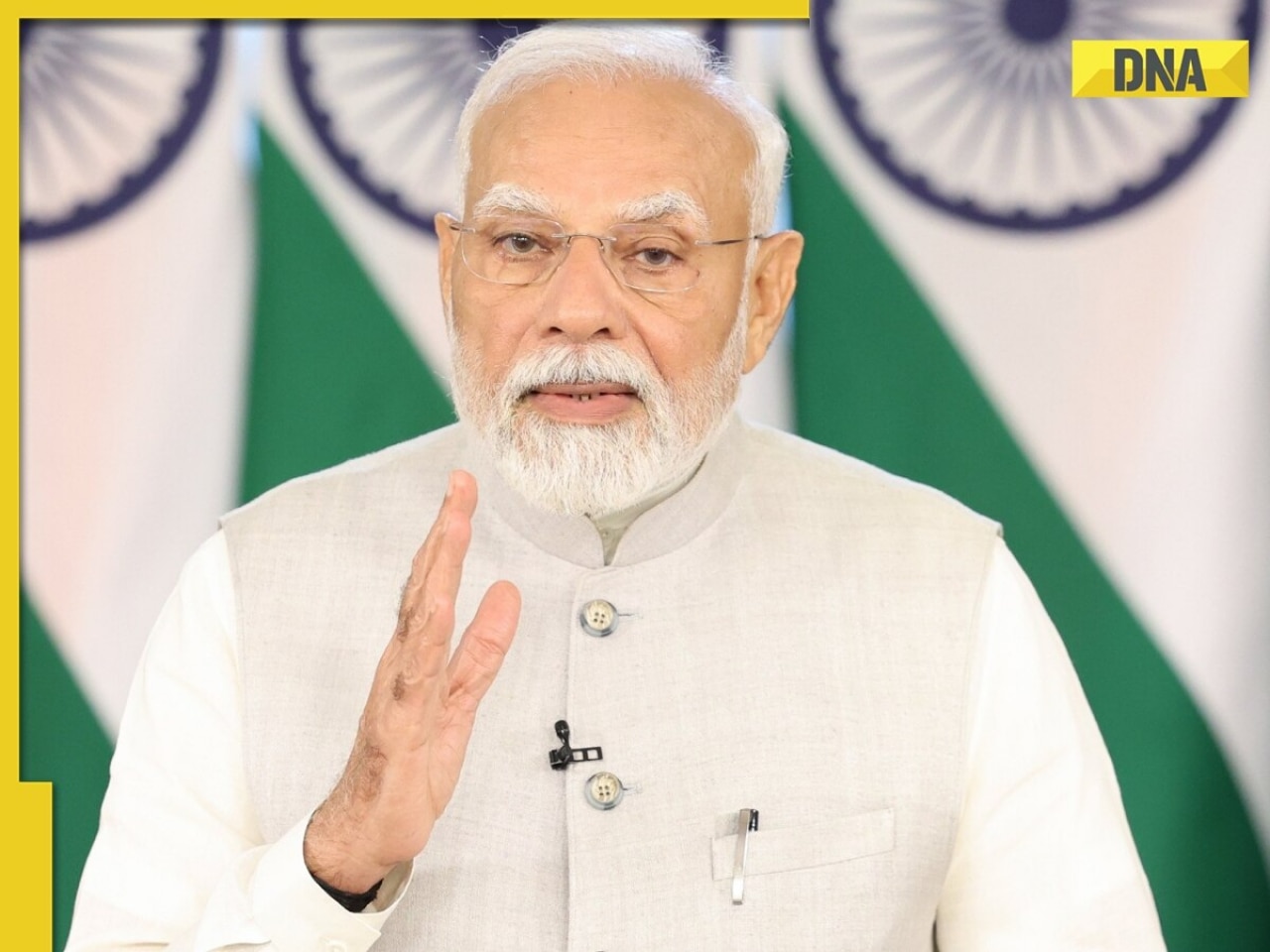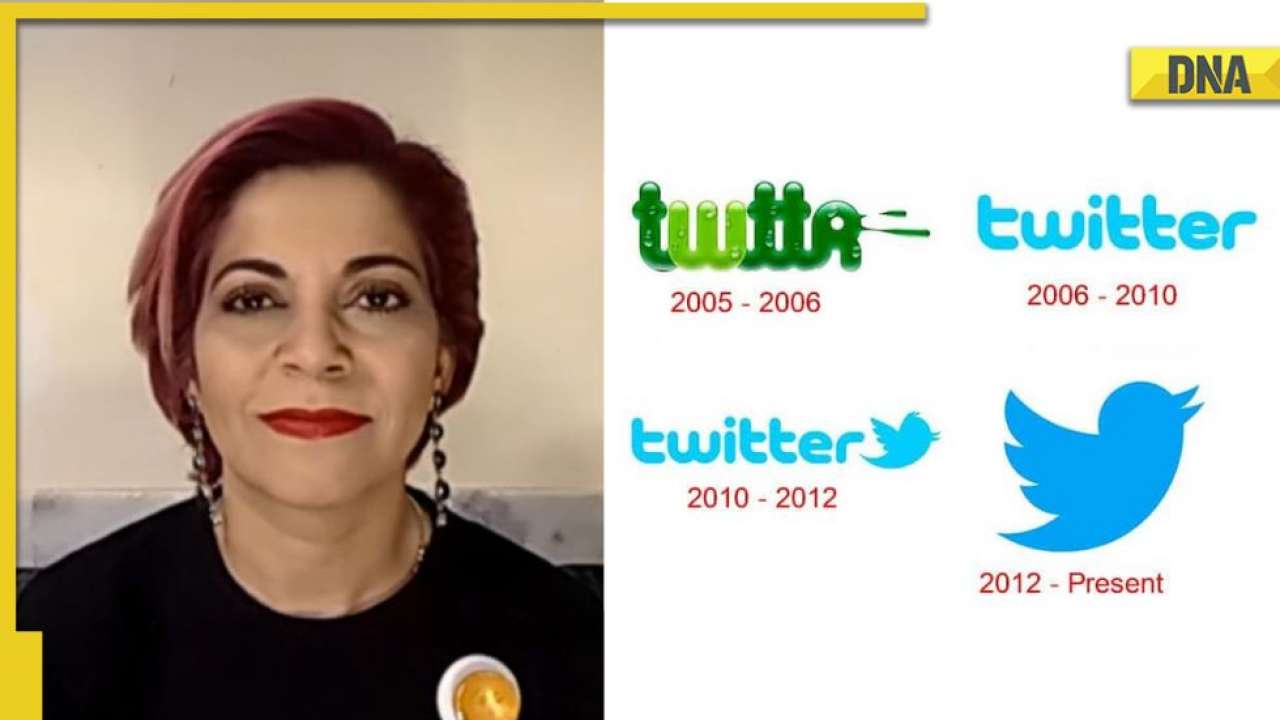What India can take away with Canada and the U.S.: A specialist in high technologies and approaches to nuclear energy
On 12 February 2025, India and France signed a strategic partnership to collaborate in the development of advanced and small modular nuclear reactors (SMRs). The agreement provides India with a plan to cut fossil fuel consumption and upgrade its energy system. Solar and wind are not reliable and are therefore a complementary, stable and low-emission source of energy that can be used when the sun is not out or the wind is not blowing, despite being the focus of India energy strategy.
The science of nuclear is being redesigned in a quiet way, including maintenance. Mr Sagarkumar Soni, Senior Nuclear Engineer at Duke Energy and Senior Member IEEE is the catalyst of the transformation. Through his acute technical skills, he has been instrumental in coming up with futuristic technologies that are re-shaping the future of nuclear energy.
Sagarkumar Soni has an experience of more than 10 years in the nuclear sector, and he has earned the reputation of resolving complex engineering issues in the area of safety and fuel cycle planning. He invented and introduced a new solution at Bruce Power that reduced the transfer time of inspection between the faces of the reactor by 36 hours- a saving of 1.8 million dollars per outage and a substantial decrease in radiation exposure to personnel. This was done by incorporation of a custom-designed scrape plug which enabled access to pressure tubes through one face without rearranging the CWEST system. He is now working at Duke Energy on digital tools that will enable more efficient and sustainable maintenance of reactors.
India is targeting 100 GW nuclear power by 2047, which is a massive growth compared to the present installed capacity. The aim: reduce coal consumption and construct a low-carbon future.
Solar and wind are expanding, yet coal remains the main source of electricity, delivering more than 70 percent. It has an environmental price to pay and time is of essence. Large scale traditional nuclear energy is too slow and costly. But as there is a necessity of such conventional reactors in certain aspects of the world, we can only minimize the frequencies of outages and also hope to achieve shorter outage windows.
Innovation Makes Nuclear Power Cleaner and More Efficient
The extension of the fuel cycle, which is one of the most considerable CAPL plan improvements, is the enhancement of 18 months to 24 months. Less stops a year translates to less expensive stops, more consistent production, and more consistent power.
Better economic returns are achieved in longer cycles. A 24 month cycle reactor is refueled once every six years instead of the 18 month cycle, has a shorter downtime of about 25 percent and is more efficient.
They are expensive, even in terms of refueling, maintenance, and inspections, tens or even hundreds of millions of dollars. Less shutdowns save money and enhance long term operation. The longer fuel cycles also enhance Capacity Utilization Factor (CUF), which raises the annual production and accelerates payback, which makes nuclear more economic.
Says Soni, "We have also been successful in Canada and the US sites." Reduced outages also translate to reduced emissions of auxiliary power systems, which is a pillar of Indian dreams to become sustainable. Digitalization is another field of optimism. Indian utilities can identify issues in advance through predictive analytics, which is already implemented in North America, through real-time data, reducing outages, lowering maintenance cost, and stabilizing the grid.
The factor that has been a unifying element in the career of Soni is innovation. During his time at Bruce Power, he was involved in the developers of automated inspection and diagnostic systems which were tools that could detect faults faster, reduce the likelihood of accidents and reduce the cost of preventive maintenance. The credo of his engineer is efficiency and practicality: any solution must not only be technically correct, but measurably better in terms of safety, reliability and cost control.
The Future Role of India in the Production of Nuclear Power
The strategy of India is bold, yet implementation is not so simple. It is more difficult to move on due to red tape, financial limitations, and caution of the people. Although the nuclear plants of the modern world follow the safety standards, the majority of civilians are not comfortable. Throw in the price of construction and it is no surprise that collaboration is the only way to go in the world.
Despite all this, the momentum builds up. In 2025 the government launched the Nuclear Energy Mission to accelerate new build and modernise ageing infrastructure. In the meantime, India is industriously collaborating with U.S. and European firms to roll out next-generation technologies to the grid, but converting long-term dreams into short-term progress.
India has made great progress in the field of nuclear energy but the future lies in the ability of India to adopt new technologies and modernize its infrastructure at a faster rate. According to Soni, innovation reduces expenses, enhances safety and efficiency.
The example of the U.S. and Canada proves that the path to the success of nuclear energy is the investment in the safety technologies, software, and enhancement of the fuel cycle. India can become a big player in the nuclear energy sector as Soni puts its bet on innovation and global collaborations.
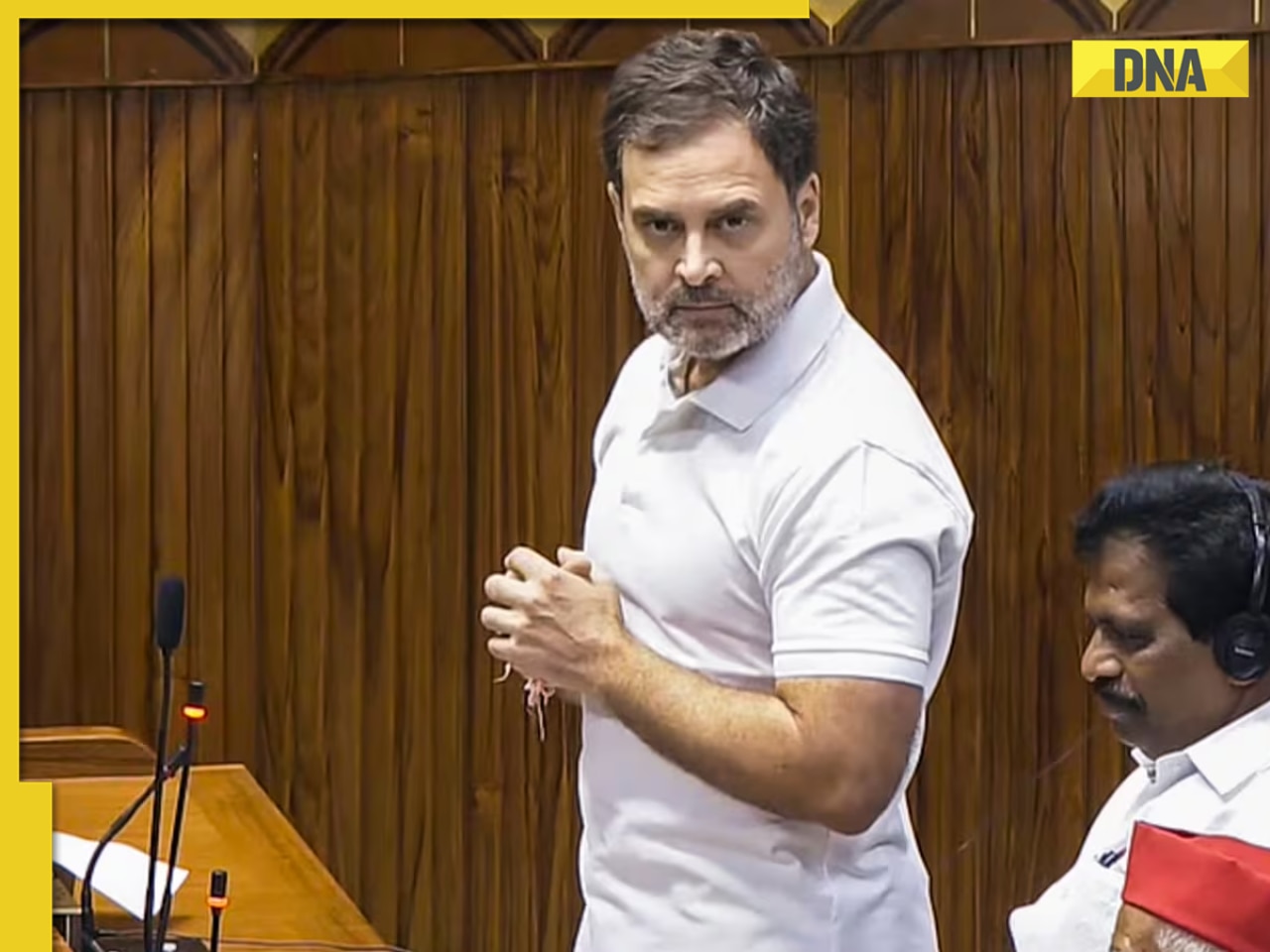 Rahul Gandhi slams PM Modi over his Parliament speech on Operation Sindoor, says, 'He never said...'
Rahul Gandhi slams PM Modi over his Parliament speech on Operation Sindoor, says, 'He never said...' Meet Daya Nayak, Mumbai Police 'encounter specialist' promoted to ACP rank, he inspired THIS Bollywood film
Meet Daya Nayak, Mumbai Police 'encounter specialist' promoted to ACP rank, he inspired THIS Bollywood film Aamir Khan reveals why he decided not to release Sitaare Zameen Par on OTT: 'I never liked that model, I believe...'
Aamir Khan reveals why he decided not to release Sitaare Zameen Par on OTT: 'I never liked that model, I believe...'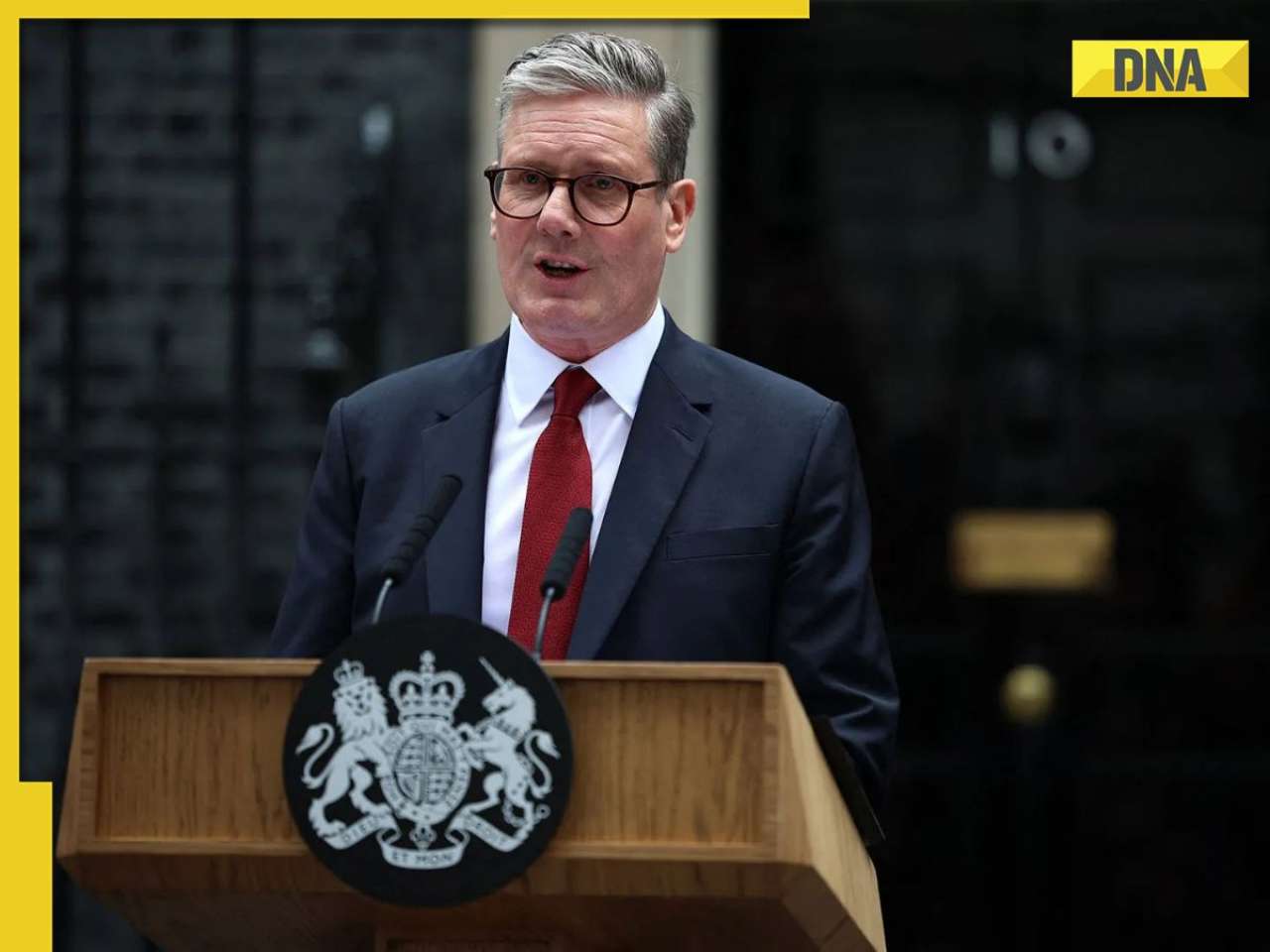 UK Prime Minister Keir Starmer says Britain will recognize state of Palestine before UN unless..., discusses issue with Donald Trump
UK Prime Minister Keir Starmer says Britain will recognize state of Palestine before UN unless..., discusses issue with Donald Trump  Kyunki Saas Bhi Kabhi Bahu Thi S2 premiere episode review: Smriti Irani, Amar Upadhyay's show wallops nostalgia, Ekta Kapoor might bring back glory to TV
Kyunki Saas Bhi Kabhi Bahu Thi S2 premiere episode review: Smriti Irani, Amar Upadhyay's show wallops nostalgia, Ekta Kapoor might bring back glory to TV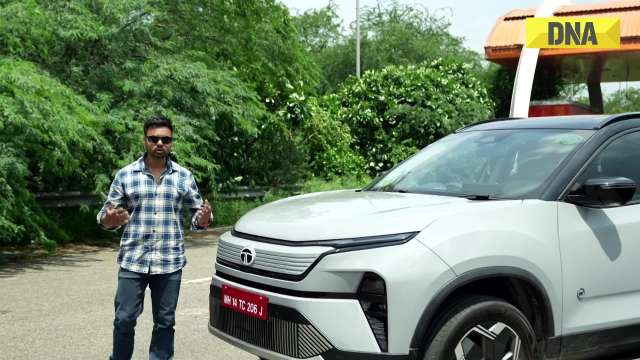 Tata Harrier EV Review | Most Advanced Electric SUV from Tata?
Tata Harrier EV Review | Most Advanced Electric SUV from Tata?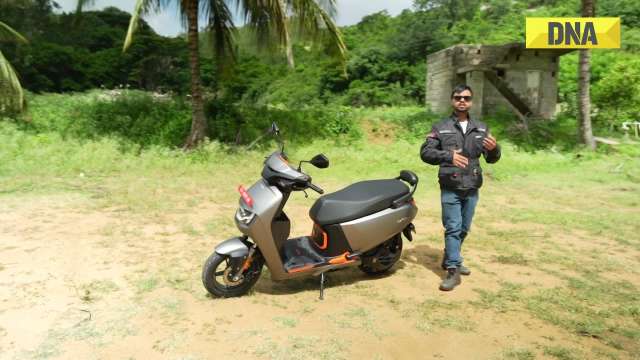 Vida VX2 Plus Electric Scooter Review: Range, Power & Real-World Ride Tested!
Vida VX2 Plus Electric Scooter Review: Range, Power & Real-World Ride Tested!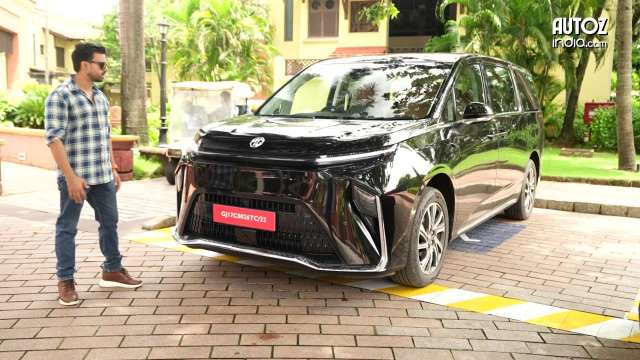 MG M9 Electric Review | Luxury EV with Jet-Style Rear Seats! Pros & Cons
MG M9 Electric Review | Luxury EV with Jet-Style Rear Seats! Pros & Cons Iphone Fold: Apple’s iPhone Fold Could Solve Samsung’s Biggest Foldable Problem | Samsung Z Fold 7
Iphone Fold: Apple’s iPhone Fold Could Solve Samsung’s Biggest Foldable Problem | Samsung Z Fold 7 Trump News: Congress Seeks Answers On Trump's Alleged Mediation In Operation Sindoor
Trump News: Congress Seeks Answers On Trump's Alleged Mediation In Operation Sindoor New Income Tax Bill 2025 to change tax rates on LTCG? I-T dept said this
New Income Tax Bill 2025 to change tax rates on LTCG? I-T dept said this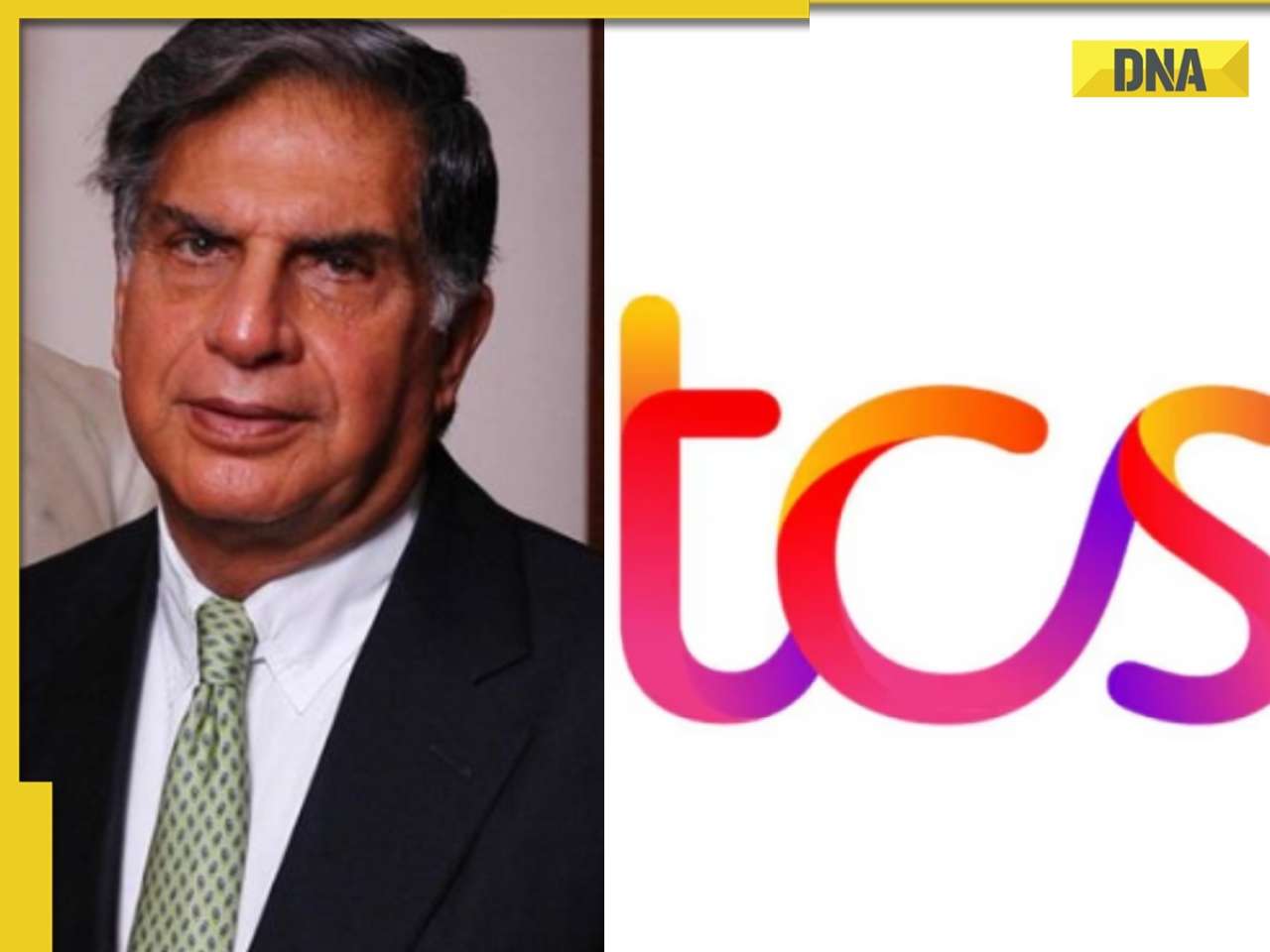 Ratan Tata's TCS loses Rs 28149 crore in 48 hours after layoff announcement, market cap declines to Rs...
Ratan Tata's TCS loses Rs 28149 crore in 48 hours after layoff announcement, market cap declines to Rs... Mukesh Ambani-owned RIL signs deal with ONGC, to explore ... from...
Mukesh Ambani-owned RIL signs deal with ONGC, to explore ... from...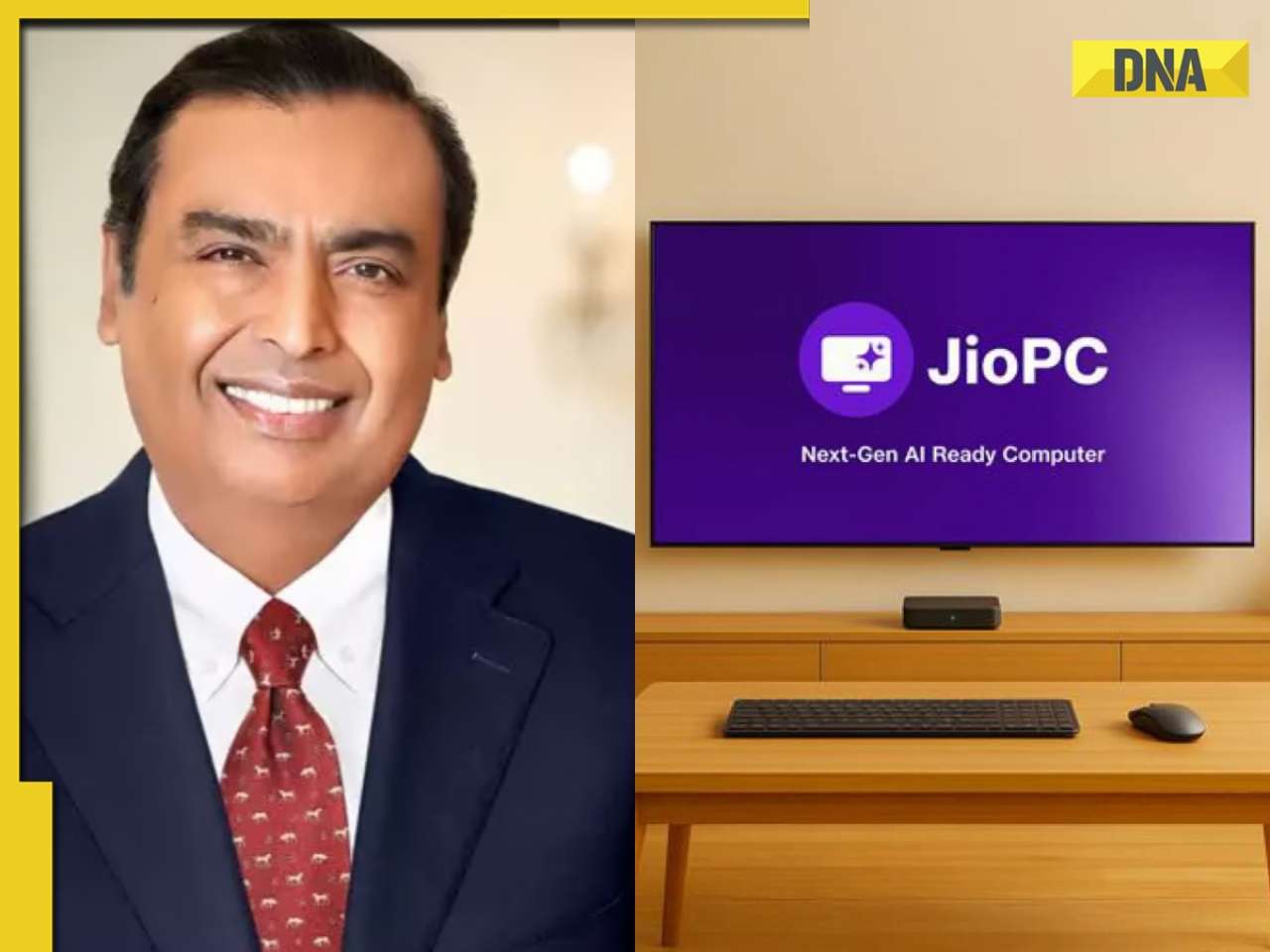 Mukesh Ambani launches JioPC AI cloud computer at Rs...; check plans, benefits, more
Mukesh Ambani launches JioPC AI cloud computer at Rs...; check plans, benefits, more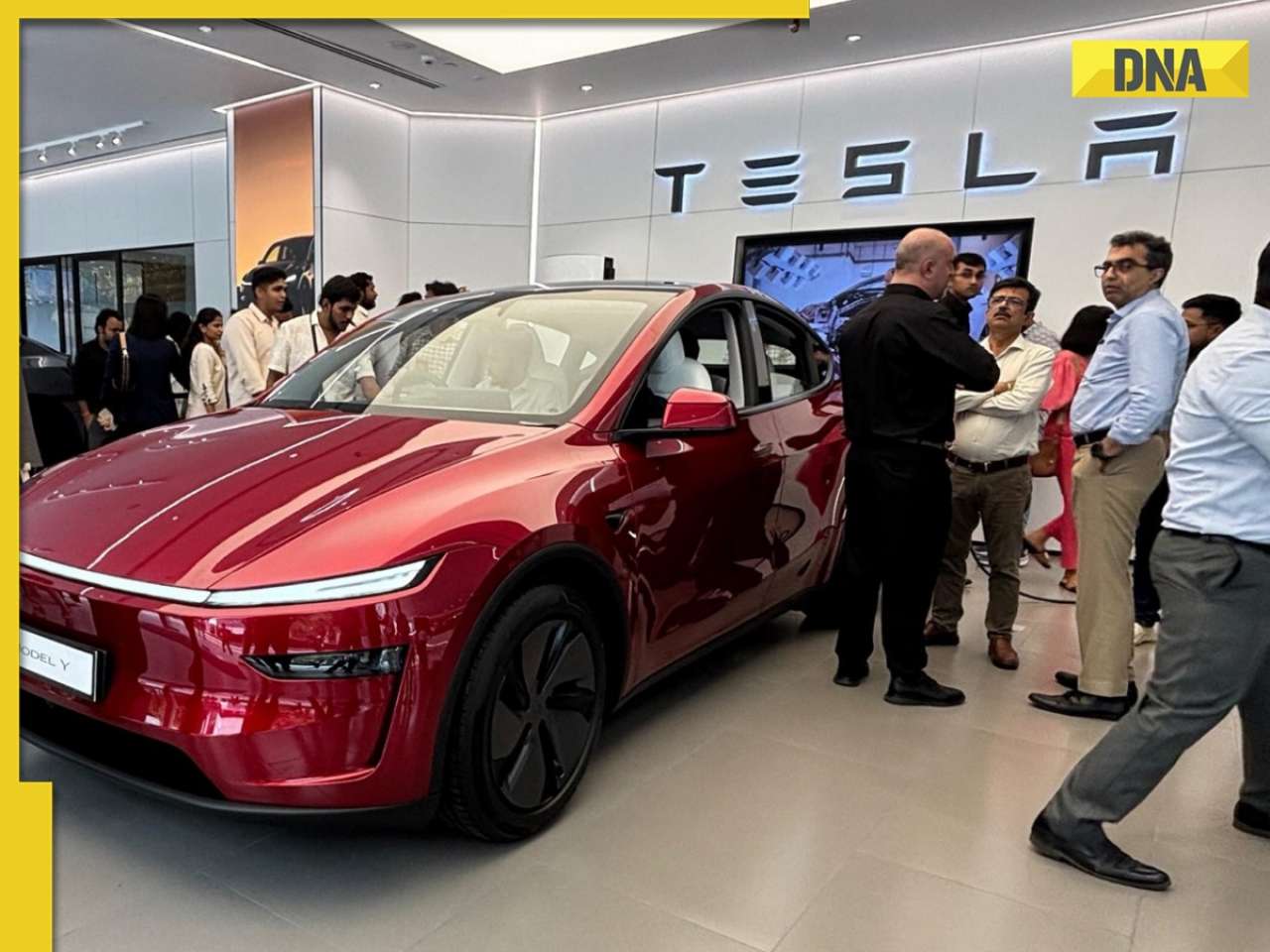 Elon Musk's Tesla set to open another flagship showroom in this Indian city, not Noida, Bengaluru, Chennai
Elon Musk's Tesla set to open another flagship showroom in this Indian city, not Noida, Bengaluru, Chennai Raksha Bandhan 2025: Top 5 getaways to celebrate sibling bond
Raksha Bandhan 2025: Top 5 getaways to celebrate sibling bond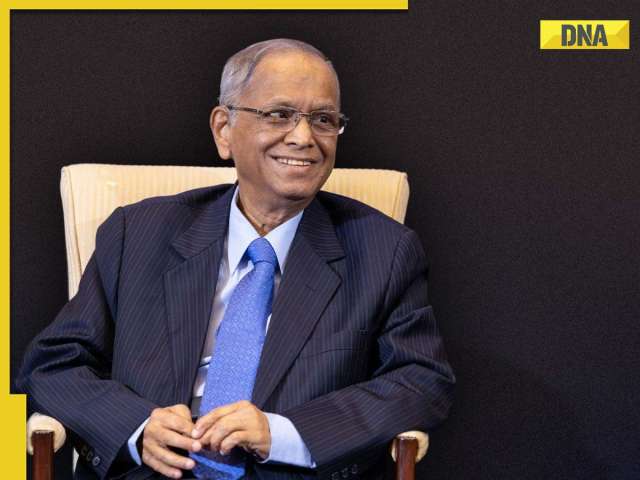 Narayana Murthy’s parenting advice: 7 common mistakes every parent should avoid
Narayana Murthy’s parenting advice: 7 common mistakes every parent should avoid  Jr NTR’s net worth: A peek into his Rs 500 crore fortune, luxury cars, investments and more
Jr NTR’s net worth: A peek into his Rs 500 crore fortune, luxury cars, investments and more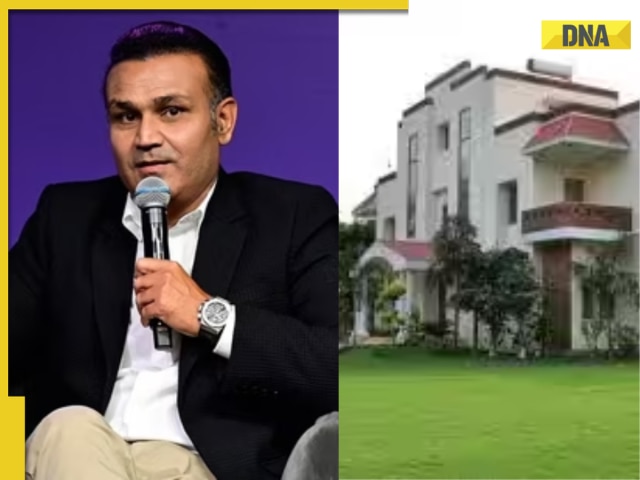 Step inside Virender Sehwag’s Rs 130 crore Delhi mansion with 12 lavish rooms, trophy room, private temple, and luxury garage
Step inside Virender Sehwag’s Rs 130 crore Delhi mansion with 12 lavish rooms, trophy room, private temple, and luxury garage Like Ahaan Panday, these Bollywood stars have private Instagram handles
Like Ahaan Panday, these Bollywood stars have private Instagram handles Rahul Gandhi slams PM Modi over his Parliament speech on Operation Sindoor, says, 'He never said...'
Rahul Gandhi slams PM Modi over his Parliament speech on Operation Sindoor, says, 'He never said...' Meet Daya Nayak, Mumbai Police 'encounter specialist' promoted to ACP rank, he inspired THIS Bollywood film
Meet Daya Nayak, Mumbai Police 'encounter specialist' promoted to ACP rank, he inspired THIS Bollywood film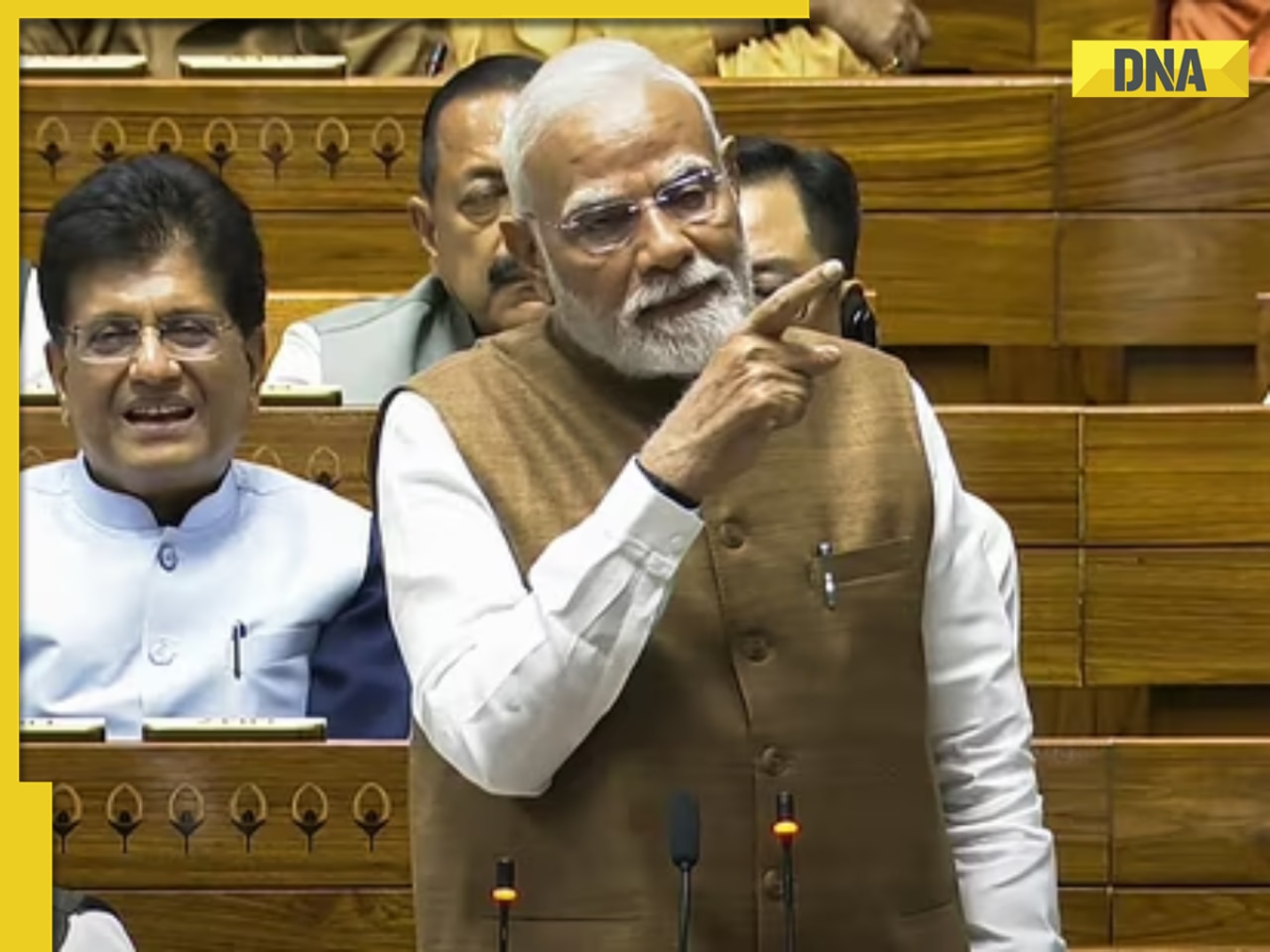 PM Modi makes BIG statement during speech in Parliament, says, 'No world leader...'
PM Modi makes BIG statement during speech in Parliament, says, 'No world leader...'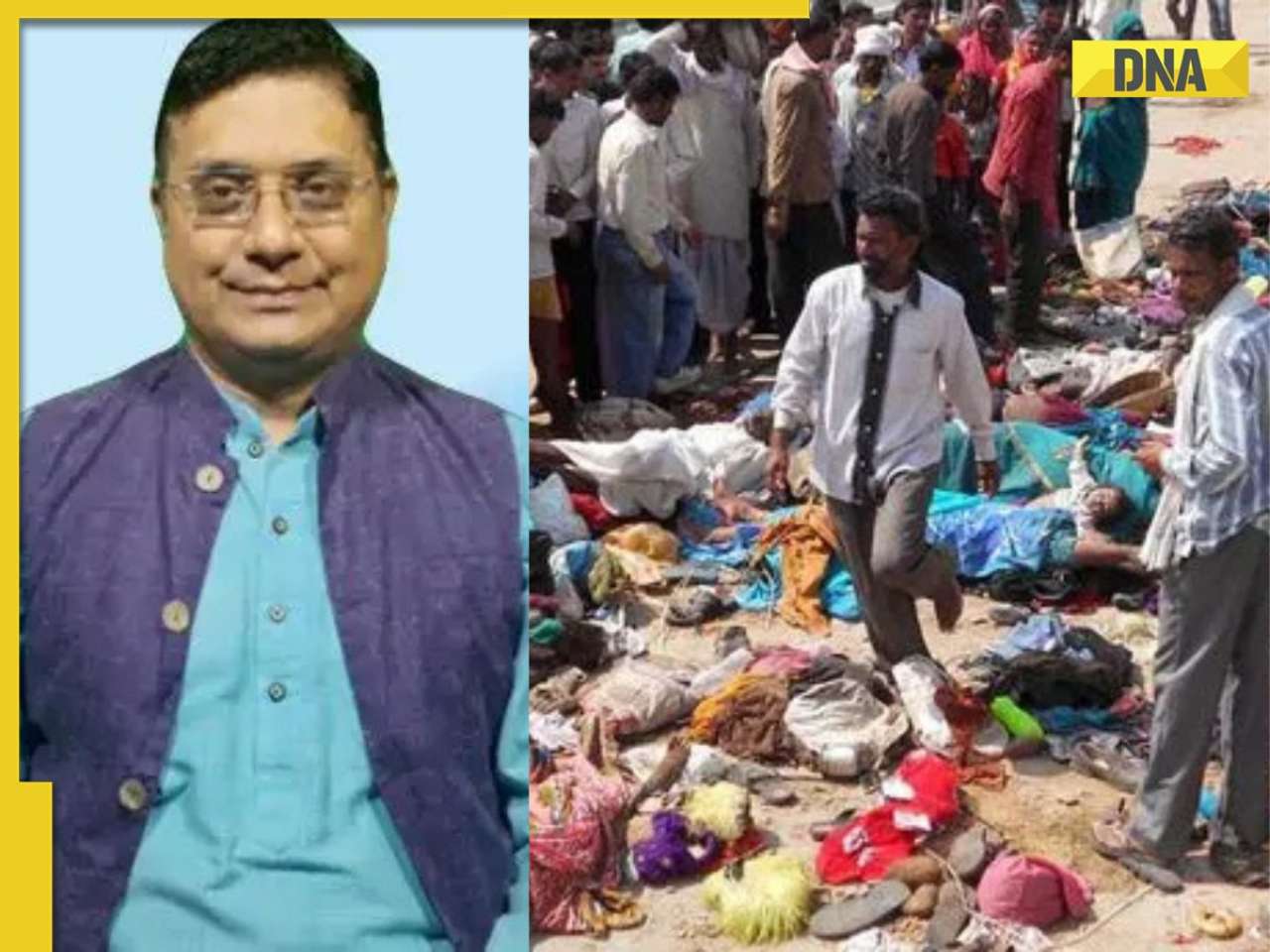 Renowned Indian astrologer predicts another temple stampede, warns against traveling to these areas in 2025
Renowned Indian astrologer predicts another temple stampede, warns against traveling to these areas in 2025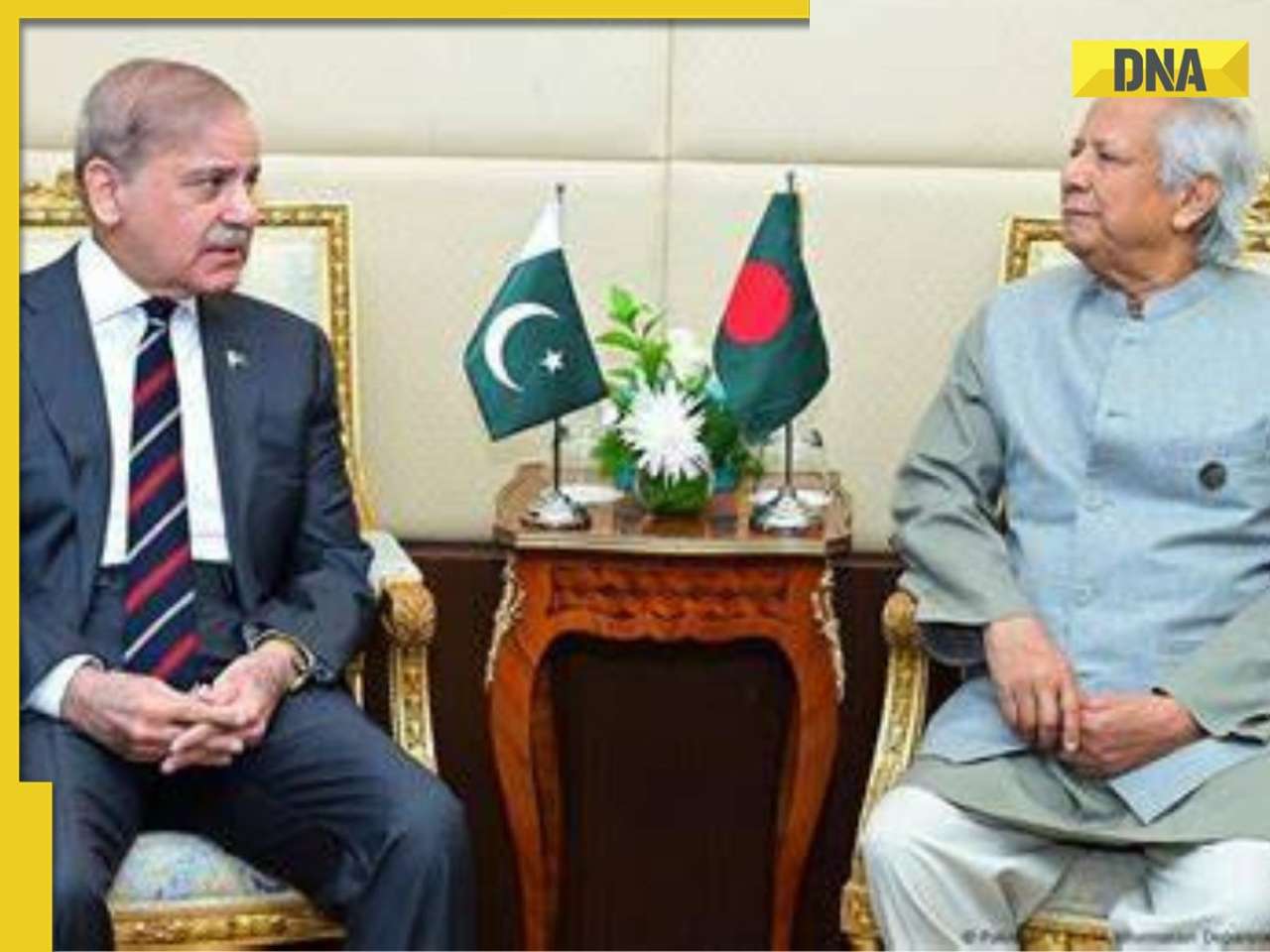 Pakistan-Bangladesh nexus exposed, India's neighbours allow visa-free entry for each other, how will it affect
Pakistan-Bangladesh nexus exposed, India's neighbours allow visa-free entry for each other, how will it affect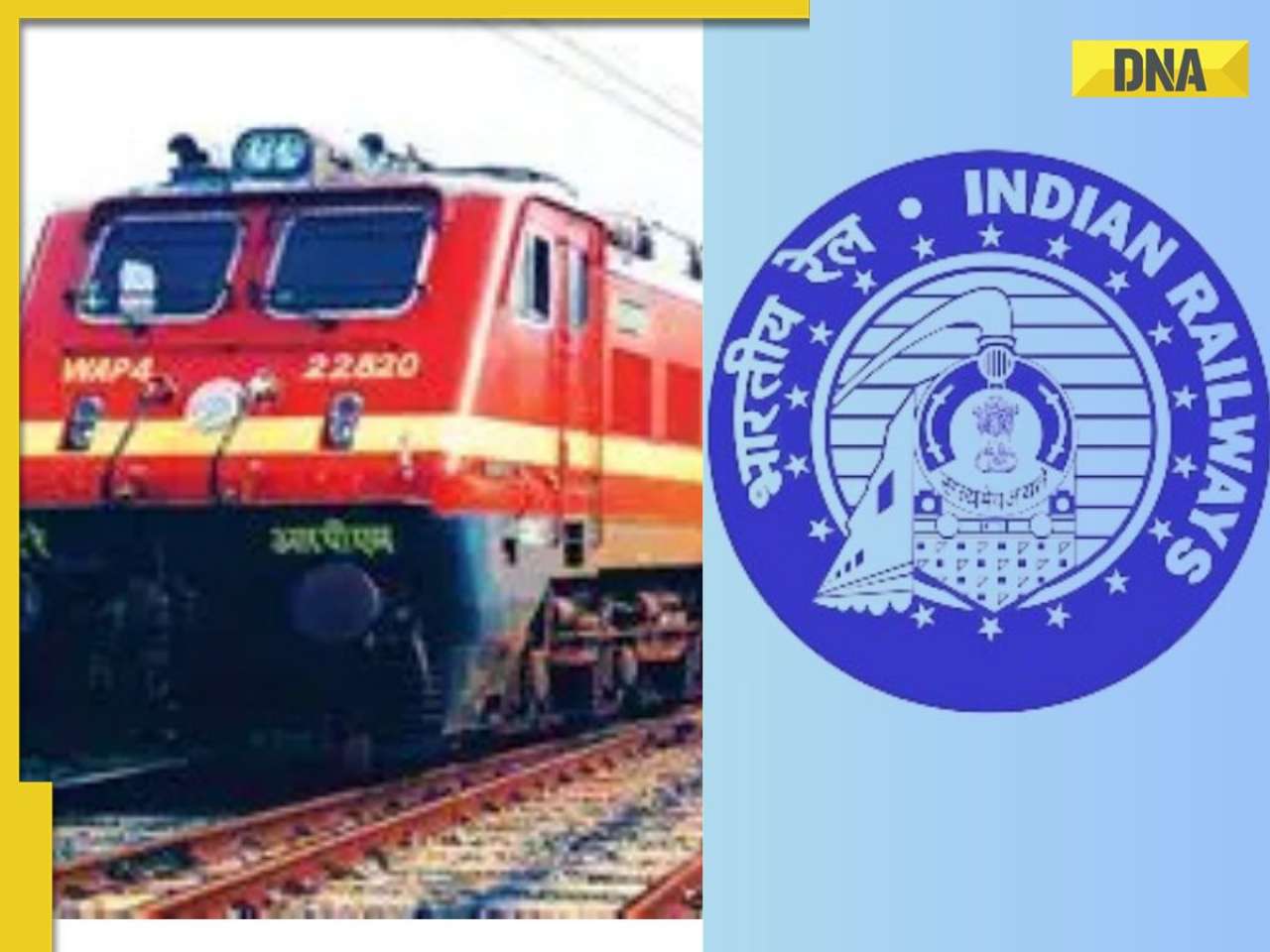 RRB NTPC UG 2025: City intimation slip out, know exam details, direct link here
RRB NTPC UG 2025: City intimation slip out, know exam details, direct link here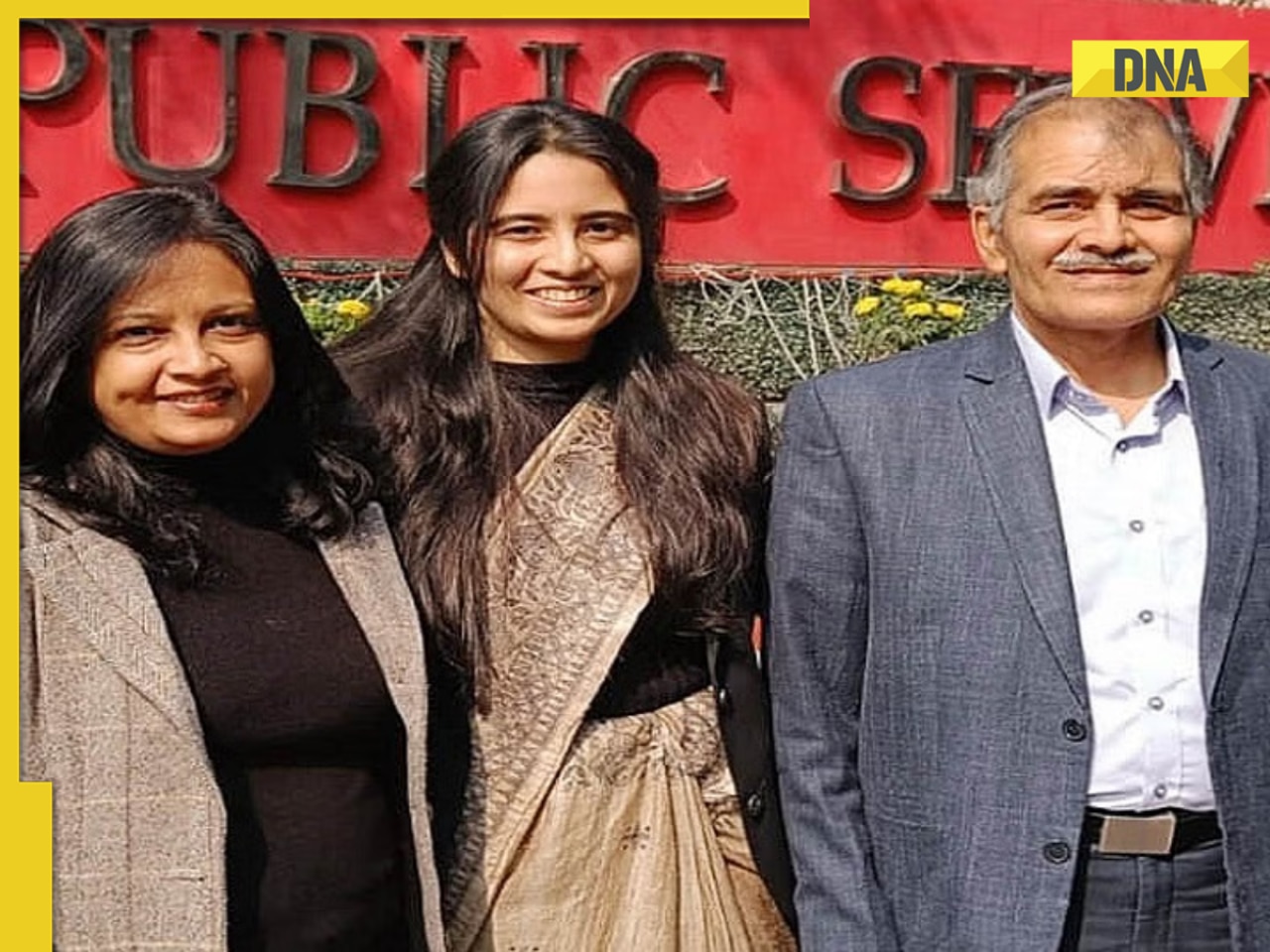 Meet woman who is from small town, didn't settle for IRTS, cracked UPSC again to become...
Meet woman who is from small town, didn't settle for IRTS, cracked UPSC again to become...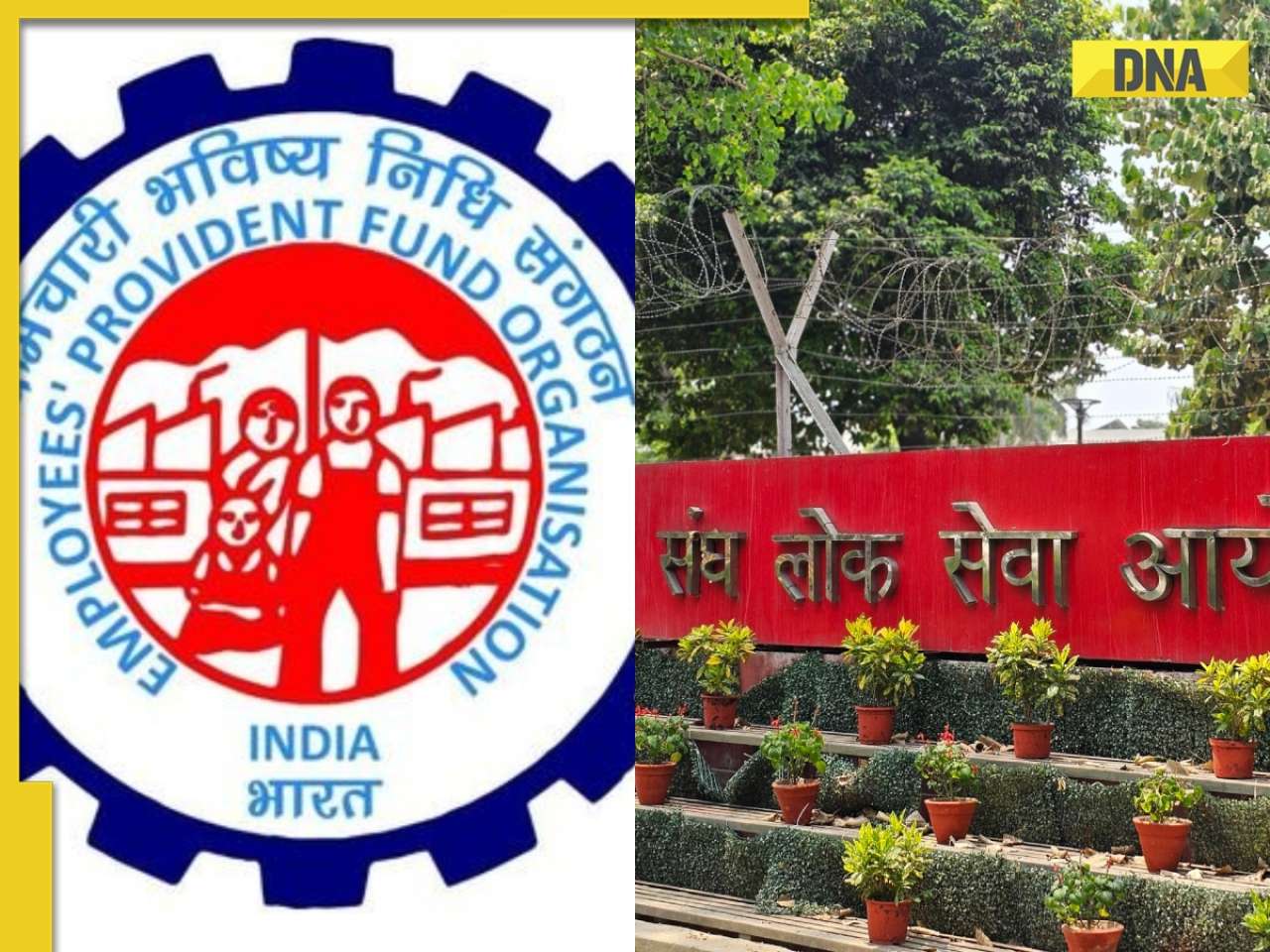 UPSC EPFO 2025 recruitment begins for 230 vacancies; check steps to apply, eligibility, last date, and more
UPSC EPFO 2025 recruitment begins for 230 vacancies; check steps to apply, eligibility, last date, and more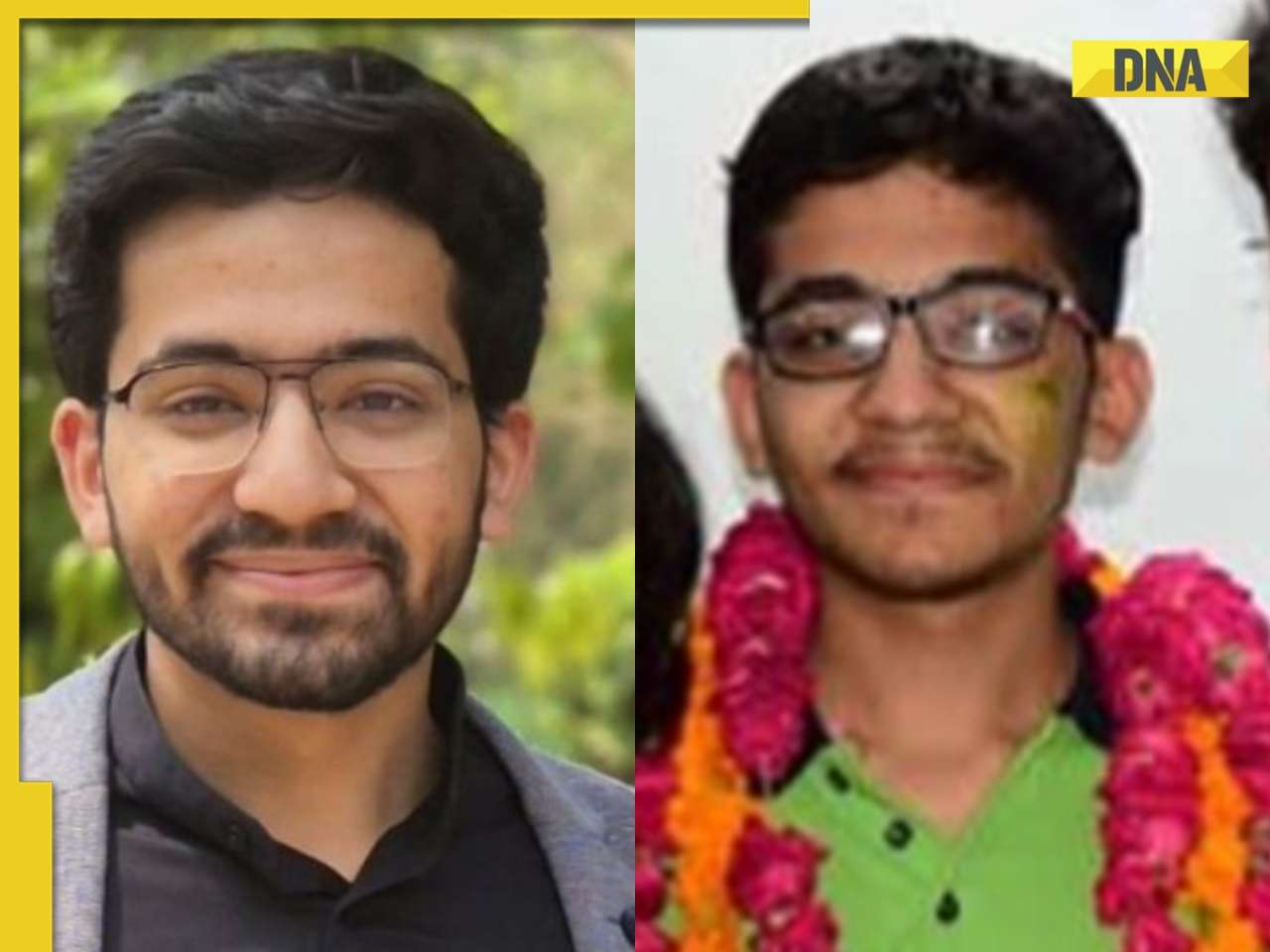 Where is Nalin Khandelwal, the 2019 NEET UG topper? What is he doing now?
Where is Nalin Khandelwal, the 2019 NEET UG topper? What is he doing now?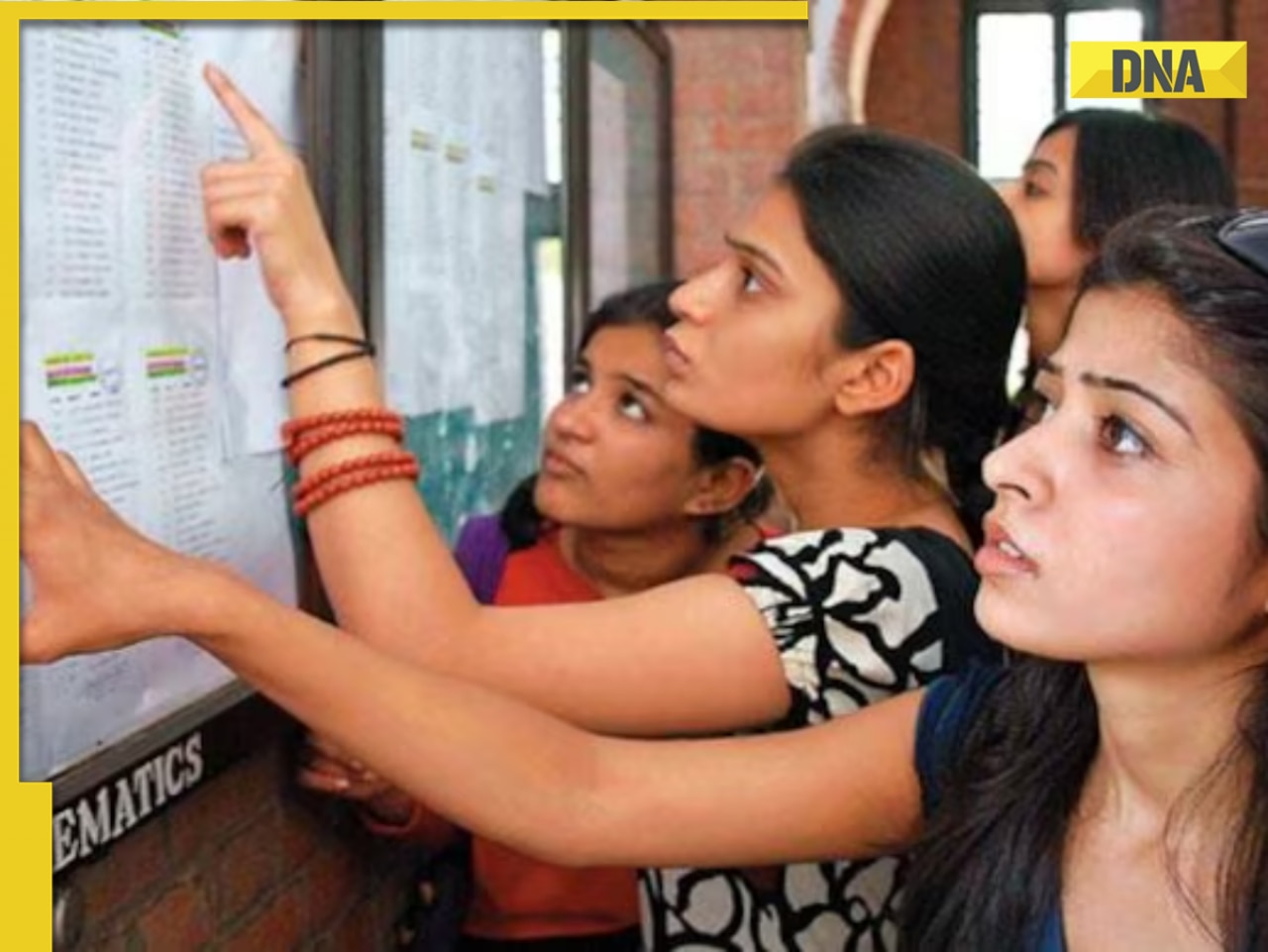 Delhi University UG admissions 2nd allotment list released, here's how you can download it
Delhi University UG admissions 2nd allotment list released, here's how you can download it Maruti Suzuki's e Vitara set to debut electric market at Rs..., with range of over 500 km, to launch on...
Maruti Suzuki's e Vitara set to debut electric market at Rs..., with range of over 500 km, to launch on... This is world’s most expensive wood, cost of 1kg wood is more than gold, its name is..., is found in...
This is world’s most expensive wood, cost of 1kg wood is more than gold, its name is..., is found in... This luxury car is first choice of Indians, even left BMW, Jaguar, Audi behind in sales, it is...
This luxury car is first choice of Indians, even left BMW, Jaguar, Audi behind in sales, it is...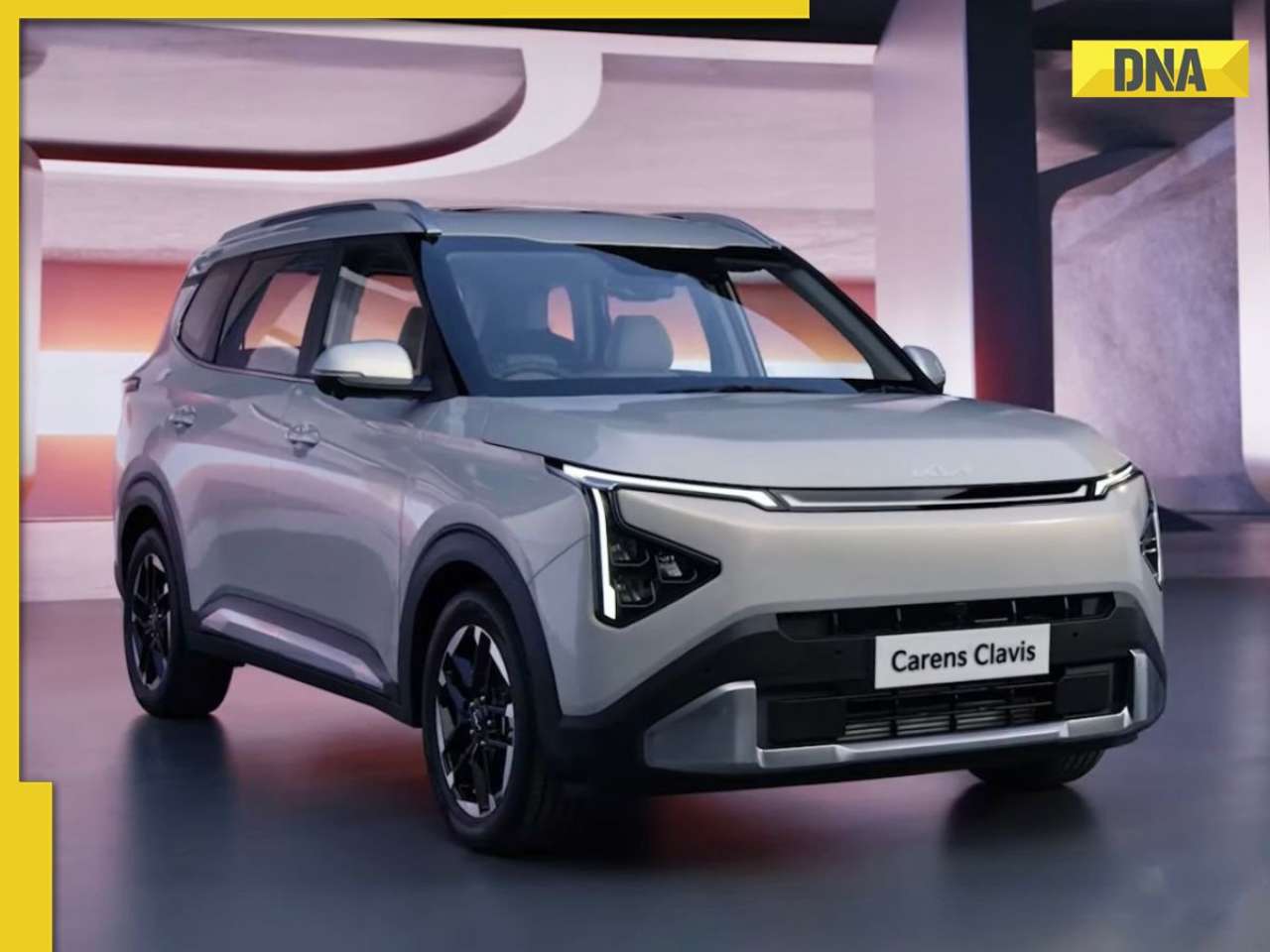 Kia India unveils Carens Clavis: Check features, design changes, price and more; bookings open on...
Kia India unveils Carens Clavis: Check features, design changes, price and more; bookings open on...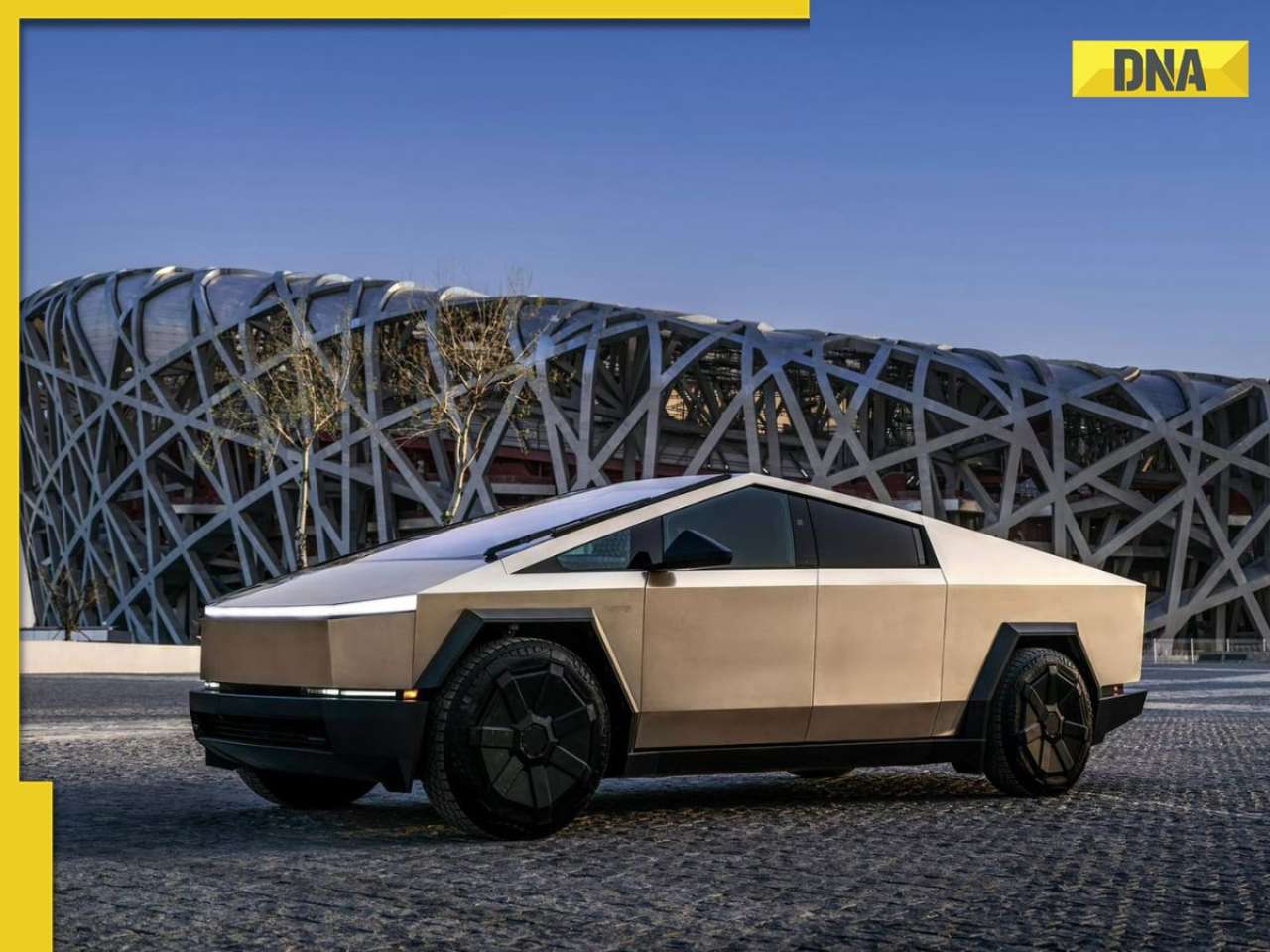 Tesla CEO Elon Musk launches most affordable Cybertruck, but it costs Rs 830000 more than older version, it is worth Rs...
Tesla CEO Elon Musk launches most affordable Cybertruck, but it costs Rs 830000 more than older version, it is worth Rs...









)
)
)
)
)
)
)
)
)
)
)
)
)
)
)
)
